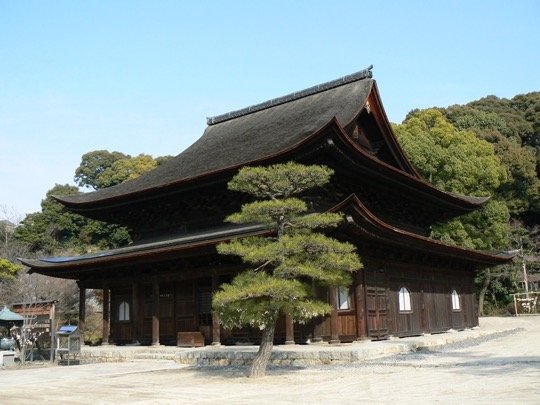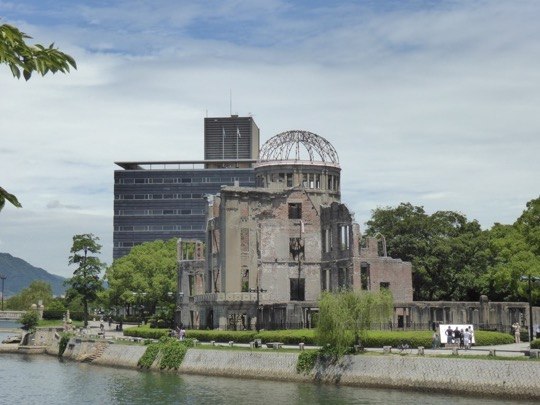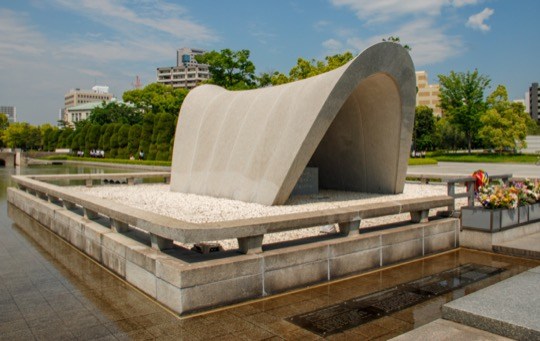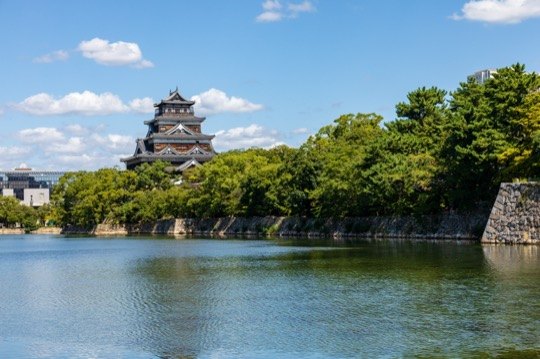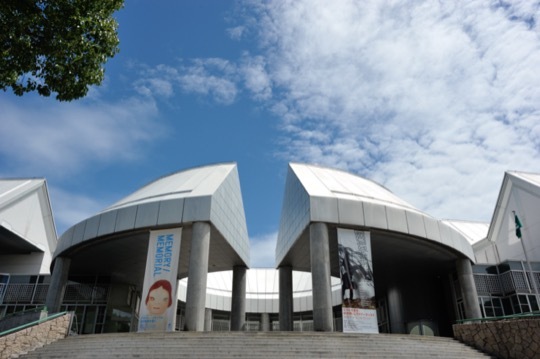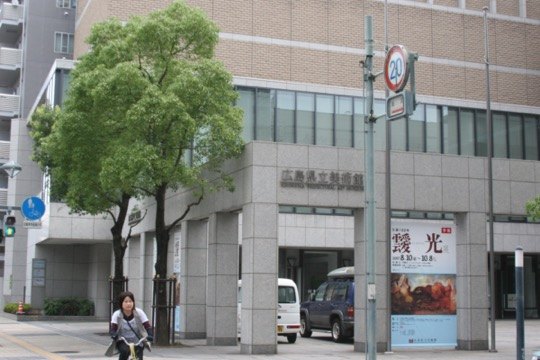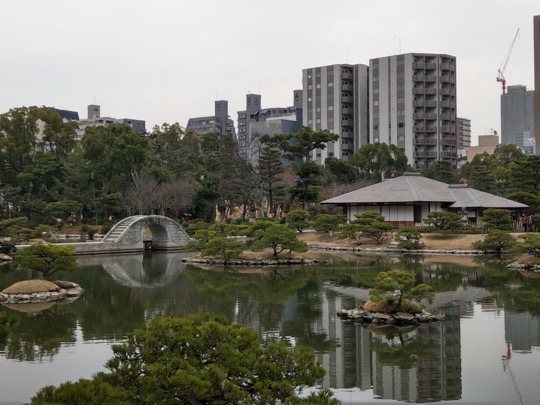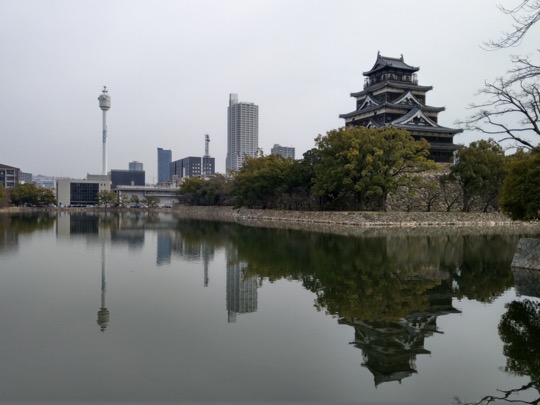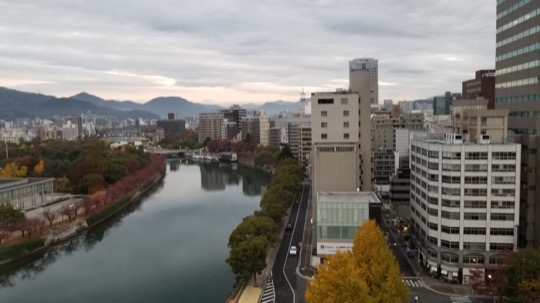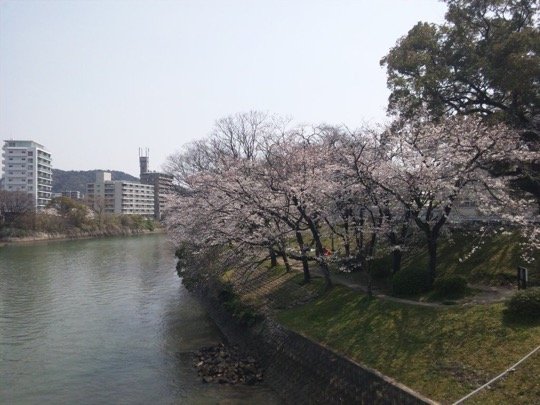Hiroshima
Epicenter of Peace, marked by the devastating atomic bomb of 1945
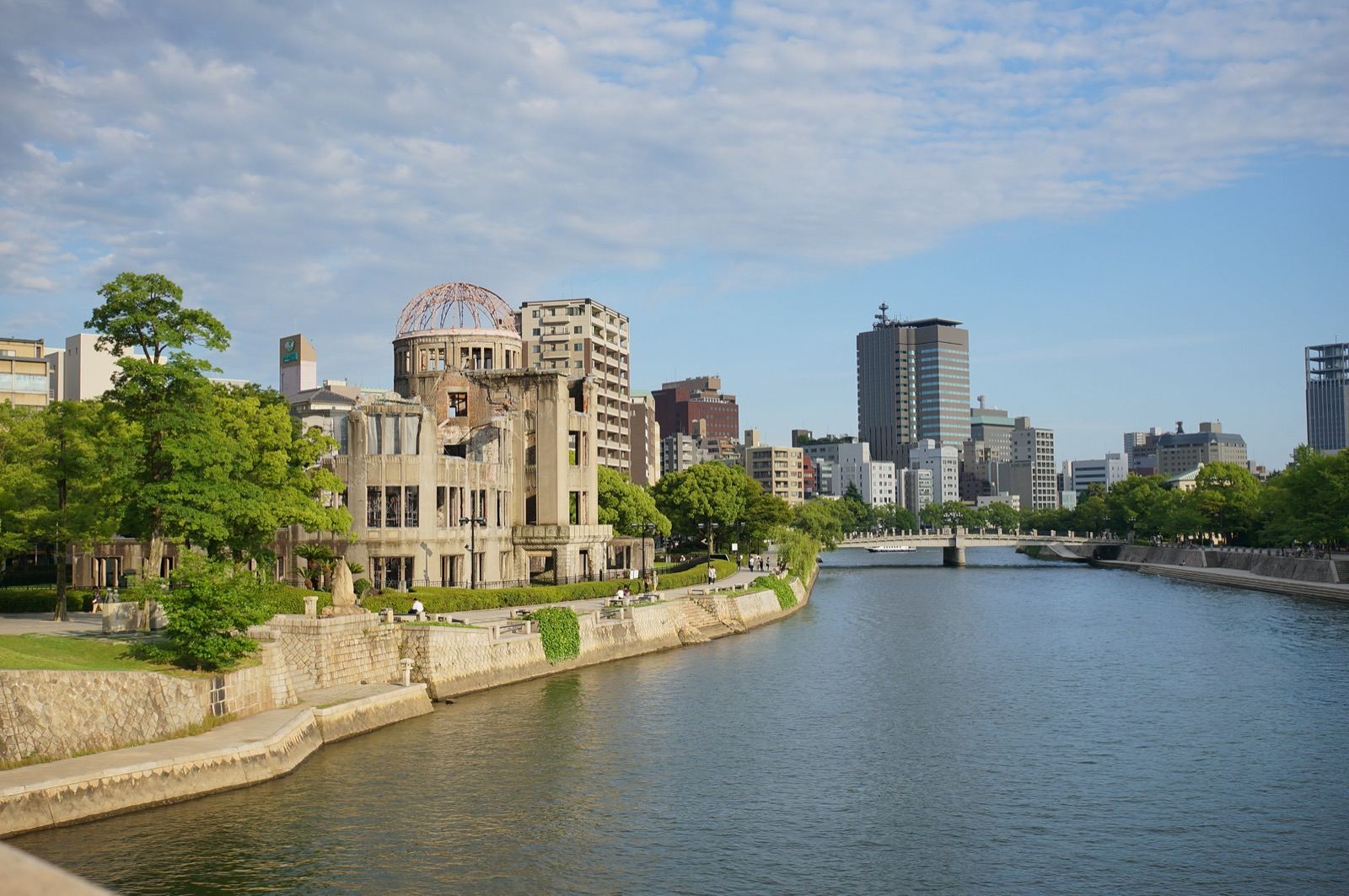
On This Page
The city of Hiroshima is a symbol of peace and resilience, linked to the atomic bomb detonation on August 6, 1945. It is now a vibrant metropolis that acknowledges its history while progressing toward the future.
Hiroshima, in the Chugoku region of western Japan, has a rich history that extends well before World War II. Established in 1589 by the Mori clan, Hiroshima was built on the Otagawa river delta. The city’s name, “Hiroshima,” means “Broad Island,” in reflection of its geographical features. Hiroshima Castle, also known as Carp Castle, was the seat of the Mori clan, playing a crucial role in regional power dynamics.
The city grew steadily, and by the Meiji period, Hiroshima had evolved into a major urban center, with a strong cotton production industry. However, its history took a pivotal turn during World War II. On August 6, 1945, Hiroshima became the first city to be targeted with a nuclear weapon. The atomic bomb, dropped by the United States, resulted in the immediate deaths of an estimated 70,000 people, with total casualties from subsequent effects potentially reaching or exceeding 200,000.
In rebuilding from the destruction, Hiroshima initiated a focus on peace and disarmament, exemplified by the establishment of the Hiroshima Peace Memorial Park. The park includes the Hiroshima Peace Memorial Museum and the Hiroshima Atomic Bomb Dome, a preserved ruin and UNESCO World Heritage Site.
Another historical site is the Shukkeien Garden, dating back to 1620 and created by Ueda Soko, a tea master of the Asano clan, which succeeded the Mori in ruling Hiroshima. The garden exemplifies traditional Japanese landscape design.
Fudoin Temple, a National Treasure with stunning architecture, also weathered the atomic bombing, standing as a symbol of the city’s resilience.
The reconstructed Hiroshima Castle now features a museum devoted to the city’s pre-World War II history. The National Peace Memorial Hall for the Atomic Bomb Victims offers homage to those lost in the bombing.
Hiroshima’s culinary culture is notable, particularly for okonomiyaki, a savory layered pancake that illustrates the city’s fusion of tradition and modernity.
Modern Hiroshima continues to prosper while maintaining its historical consciousness. Annual commemorations on August 6th emphasize the global importance of peace and nuclear disarmament.
Visitors are encouraged to experience not only the Peace Memorial Park but also Hiroshima’s natural sights, such as Miyajima Island, and to delve into local culture and cuisine. The legacy of Hiroshima encompasses both its poignant history and its present-day dynamism.
Around Hiroshima
Hiroshima Collections iconic locations that define Hiroshima
Futabanosato History Trail
A 10km trail exploring 16 historic spiritual locations around Hiroshima’s Futabayama hill.
Top attractions in Hiroshima the best of Hiroshima
Fudoin Temple
Historic Shingon Buddhist temple in Hiroshima with deep cultural ties
Hiroshima Atomic Bomb Dome
Symbol of peace and a stark reminder of nuclear devastation since 1945
Hiroshima Castle
The Historical Seat of Power in Western Japan
Hiroshima City Museum of Contemporary Art
Home to a prominent collection of modern art, featuring significant works from post-war to contemporary periods
Hiroshima Peace Memorial Museum
A tribute to peace and remembrance of the impact of nuclear warfare
Hiroshima Peace Memorial Park
Public open space serving as a poignant reminder of the first city to suffer a nuclear attack
Hiroshima Prefectural Art Museum
Home to Japanese modernism and international masterpieces.
Hondori Shopping Street
Experience the fusion of Hiroshima’s history and present-day culture on the historic Hondori Shopping Street.
Ikari Shrine
A historical shrine dedicated to a notable Edo period lord and a sea deity, surrounded by Hiroshima’s cherry blossoms.
National Peace Memorial Hall for the Atomic Bomb Victims
A poignant tribute to the victims of Hiroshima’s atomic bombing.
Shukkeien Garden
Historic “shrunken-scenery” garden, established by Asano Nagaakira in 1620.
Neighbourhoods of Hiroshima explore the variety that Hiroshima has to offer
Hijiyama
Overlooking Hiroshima, a historical site that intertwines nature, art, and the poignant memories of the city’s past.
